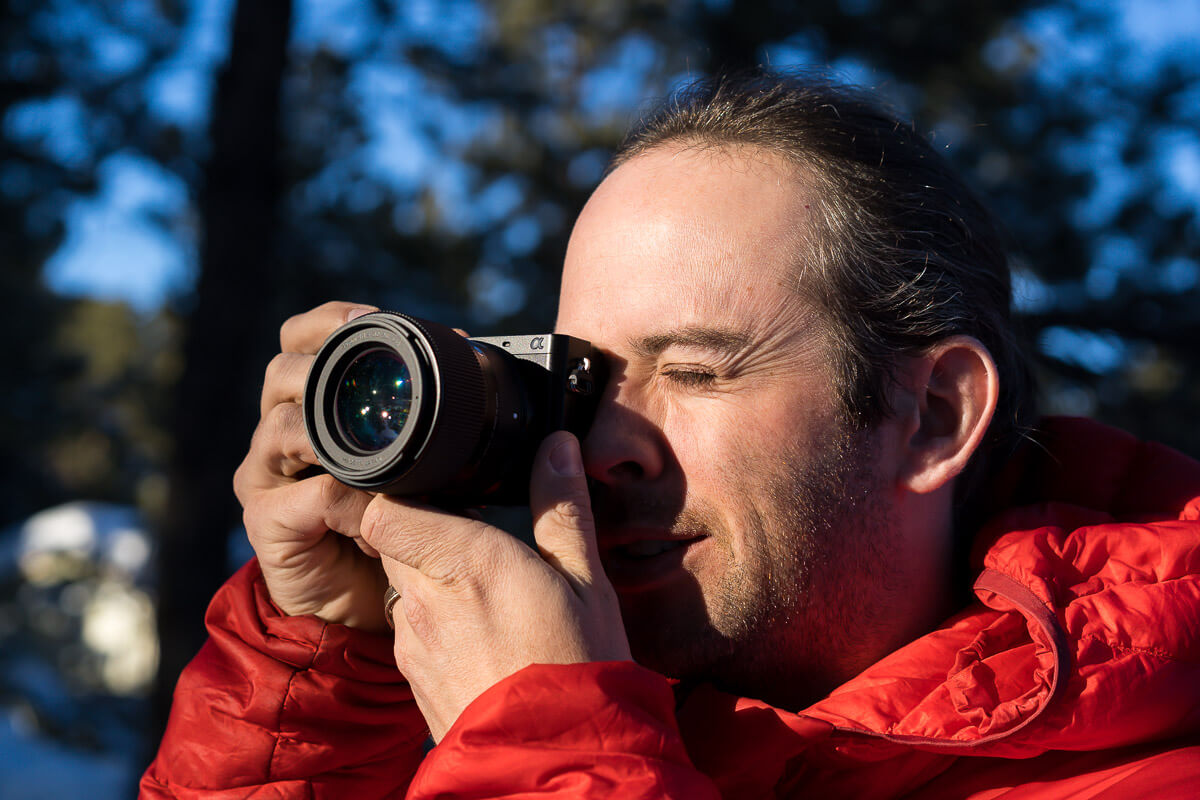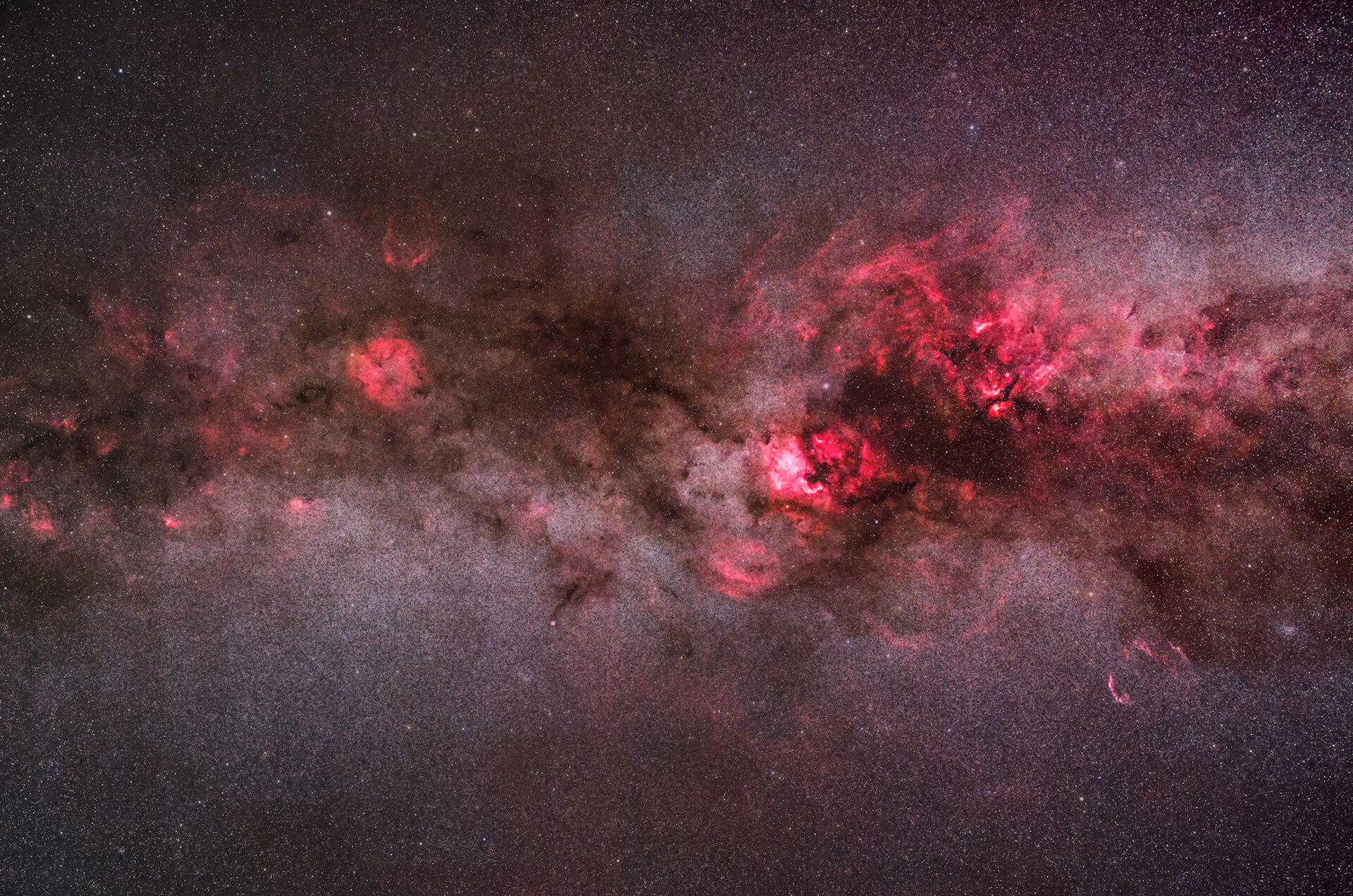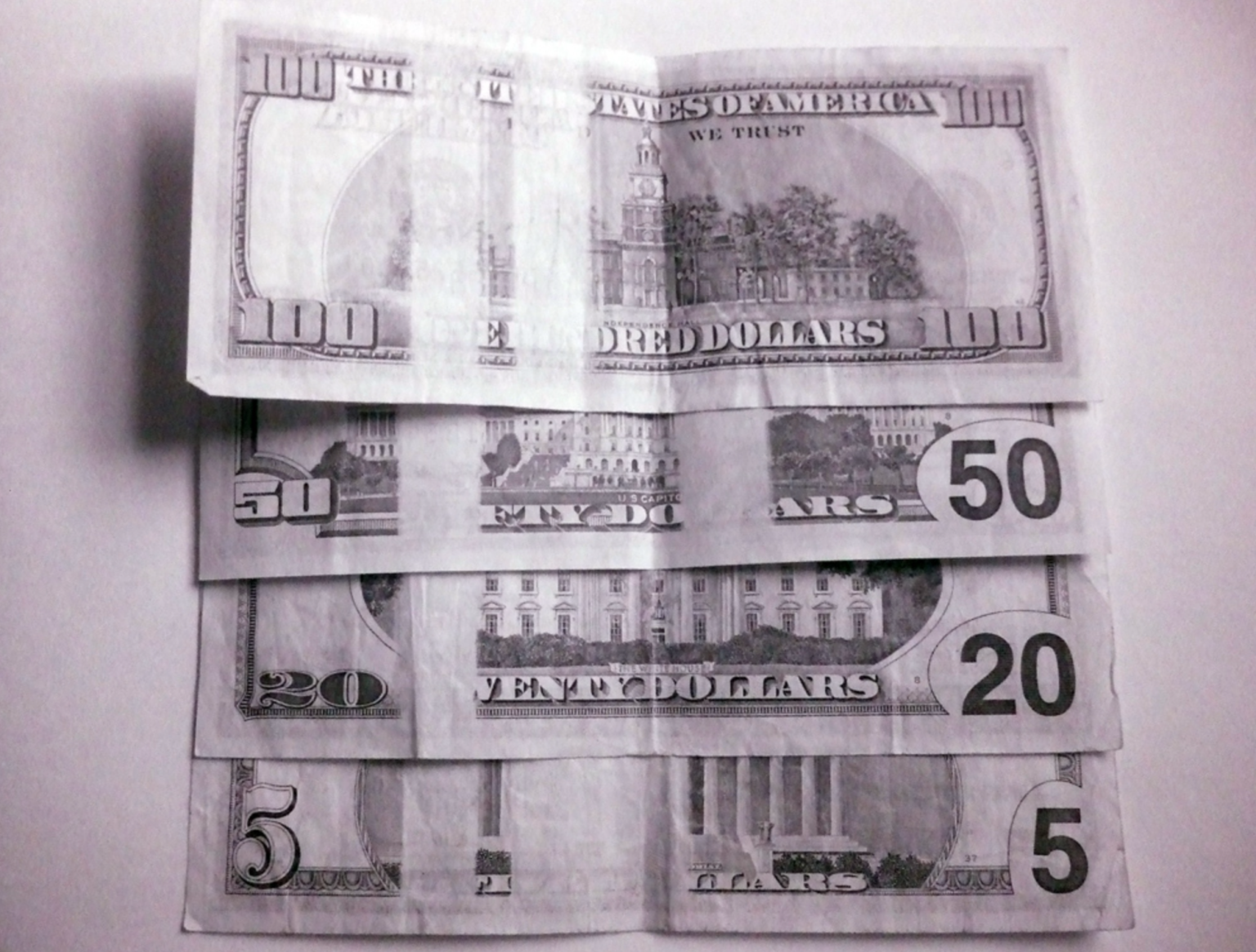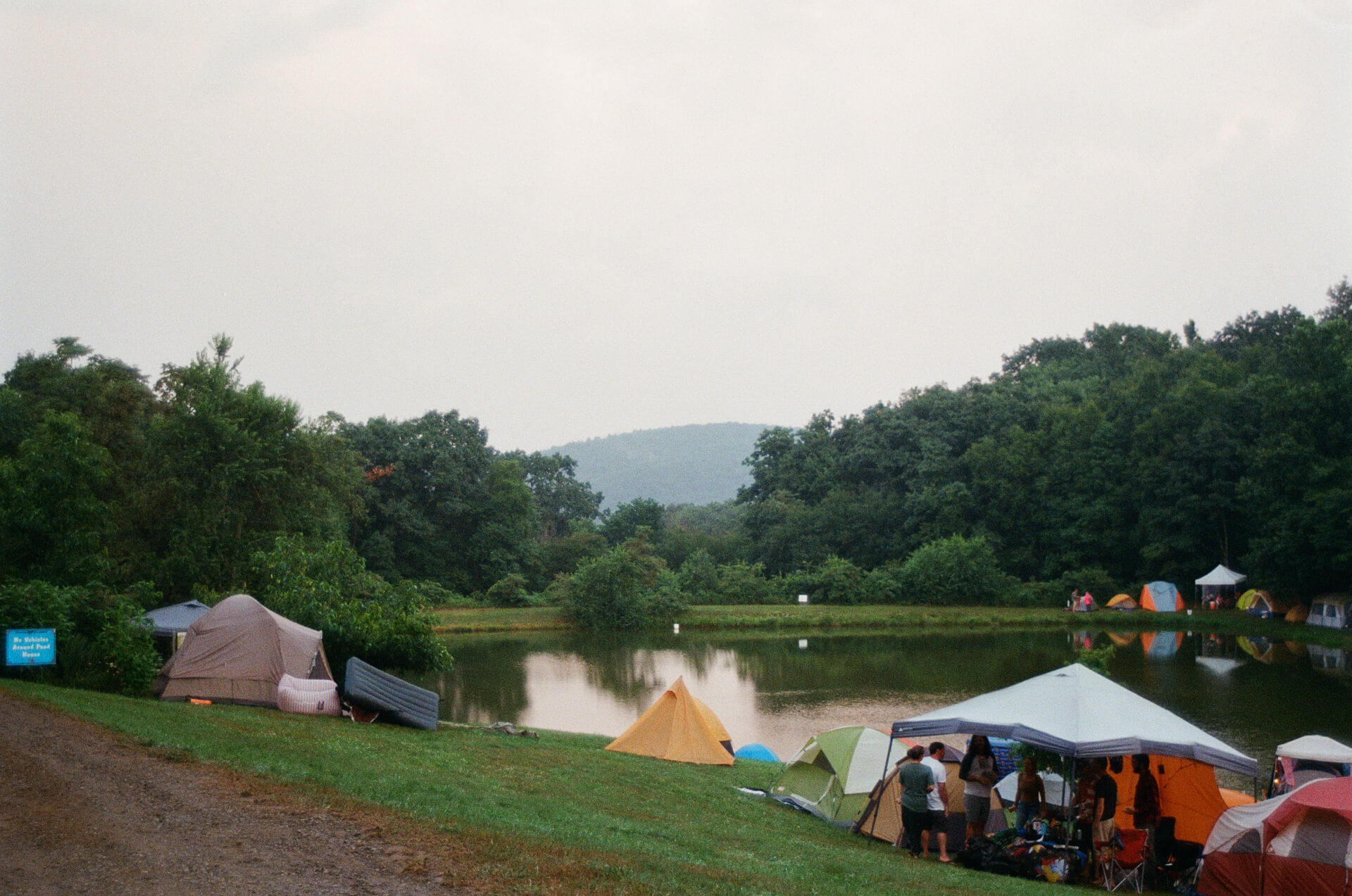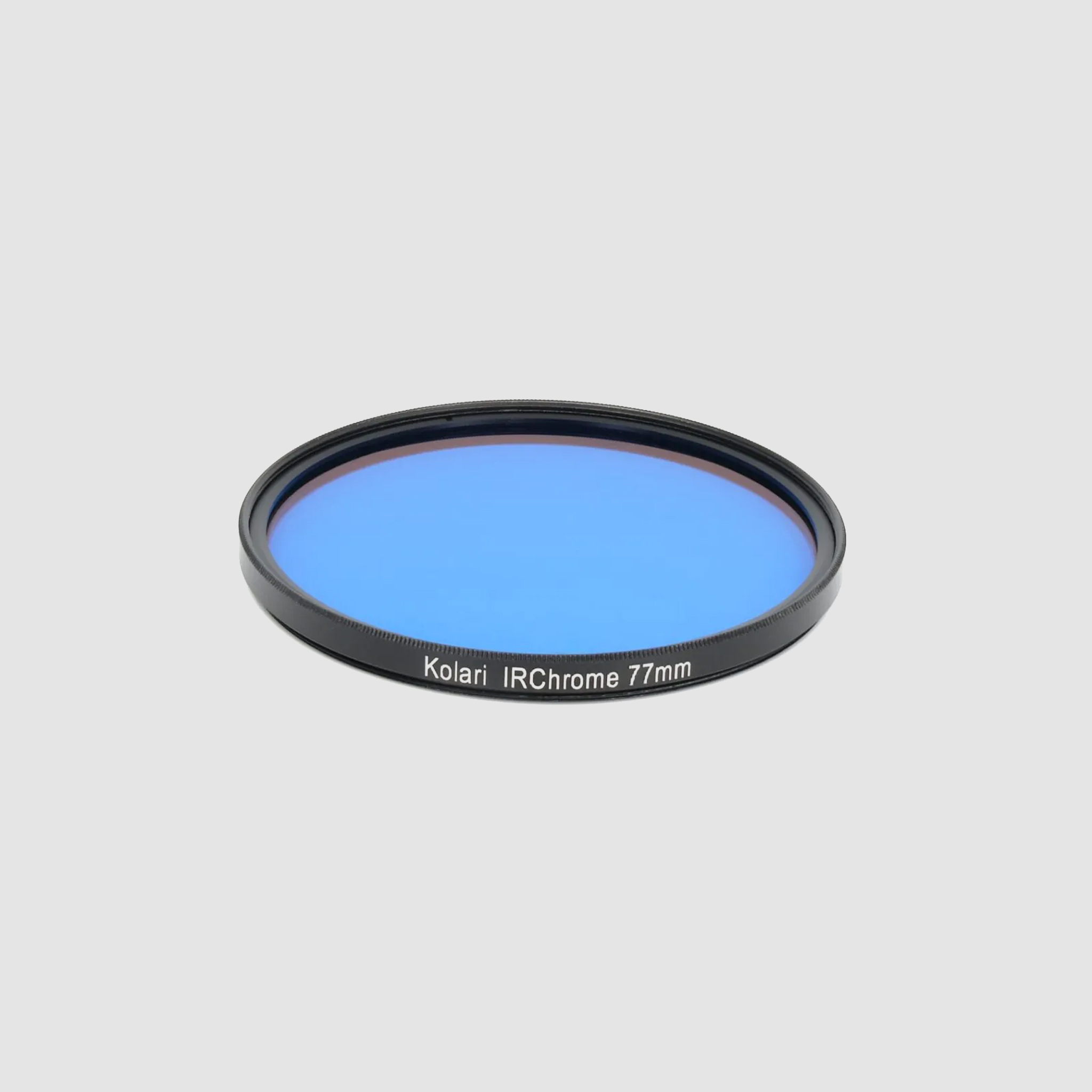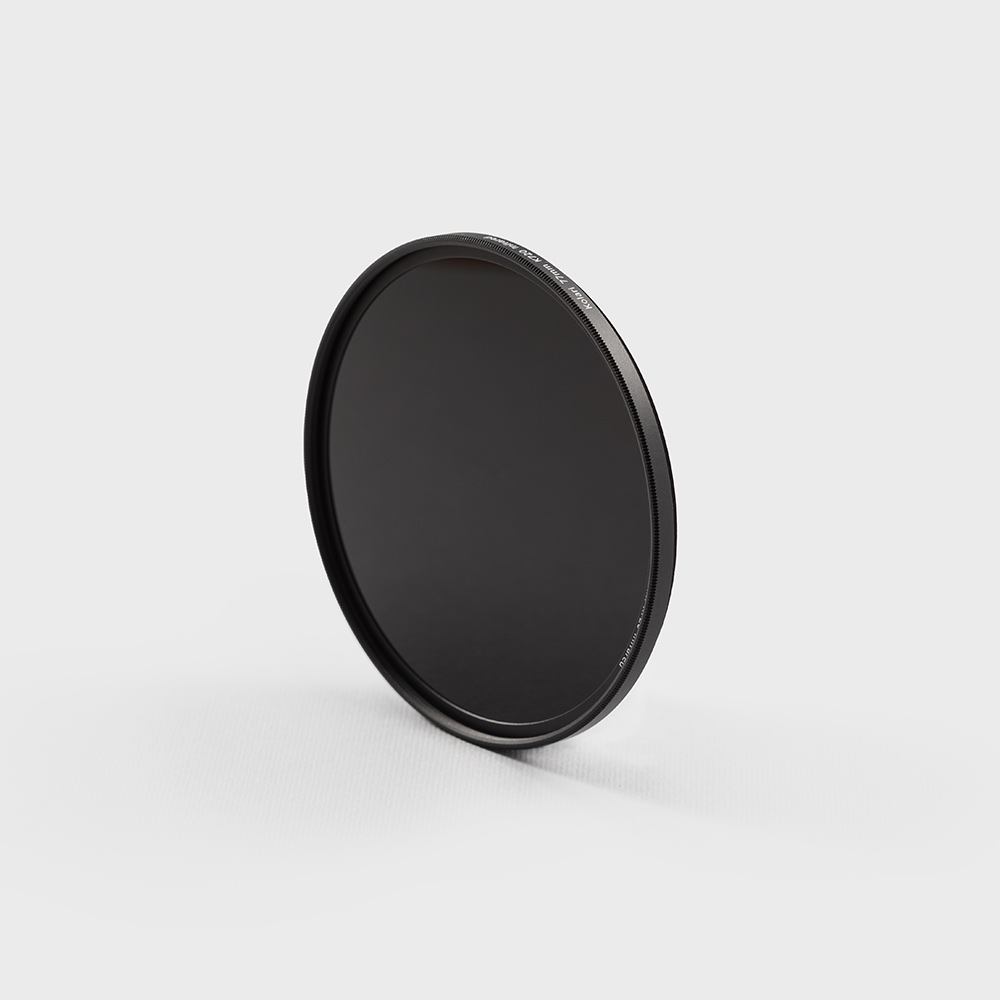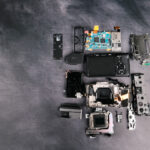Besides the difference in aesthetics between our infrared filters, there can be a variance in the amount of light reaching the sensor. This can result in needing to dial in your exposure compensation.
Below, you will find the differences in exposure of each filter compared to that of a normal photo taken on an unconverted camera. These differences are measured in “stops,” meaning the light is either doubled or cut in half per stop.
Filter | Exposure Difference | ND / Filter Factor |
|---|---|---|
No Filter (normal photo) | 0 stops | 1 |
Full Spectrum | ~ 2 stop GAIN | ~ -4 |
550nm | ~ 1 ½ stop GAIN | ~ -3.4 |
590nm | ~ 1 ⅓ stop GAIN | ~ -3.3 |
665nm | ~ ⅔ stop GAIN | ~ -1.5 |
720nm | ~ 0 stops | ~ 1 |
780nm | ~ 1 ⅓ stop LOSS | ~ 2.5 |
850nm | ~ 1-3 stop LOSS | ~ 2-8 |
930nm | ~ 4+ stop LOSS | ~ 16+ |
1000nm | ~ 6+ stop LOSS | ~ 64+ |
The 720nm filter has about as much infrared light available as an unconverted camera has visible light, making it the easiest to expose for. Other IR filters have more or less light available.
The compensation highly depends on the specific lighting conditions used and the available IR and visible light. They can also be somewhat lens dependent, with some lenses not transmitting as much infrared as visible light (particularly in the 850nm range).
This light sensitivity is the same whether the filter is installed as a dedicated infrared conversion or used as a lens filter over a full spectrum conversion.
Light loss when using an infrared filter on an unconverted camera
The only options for infrared photography when using a normal camera are the 720nm and 850nm filters. The 590nm and 665nm let in some visible light, so when used on a stock camera, you will only pick up the visible portion of that filter, not the IR portion. The 720nm filter can have a 10-stop or more loss of light and will often require long exposures and a tripod. The 850nm filter is even darker, resulting in a 15 or more stop difference.
